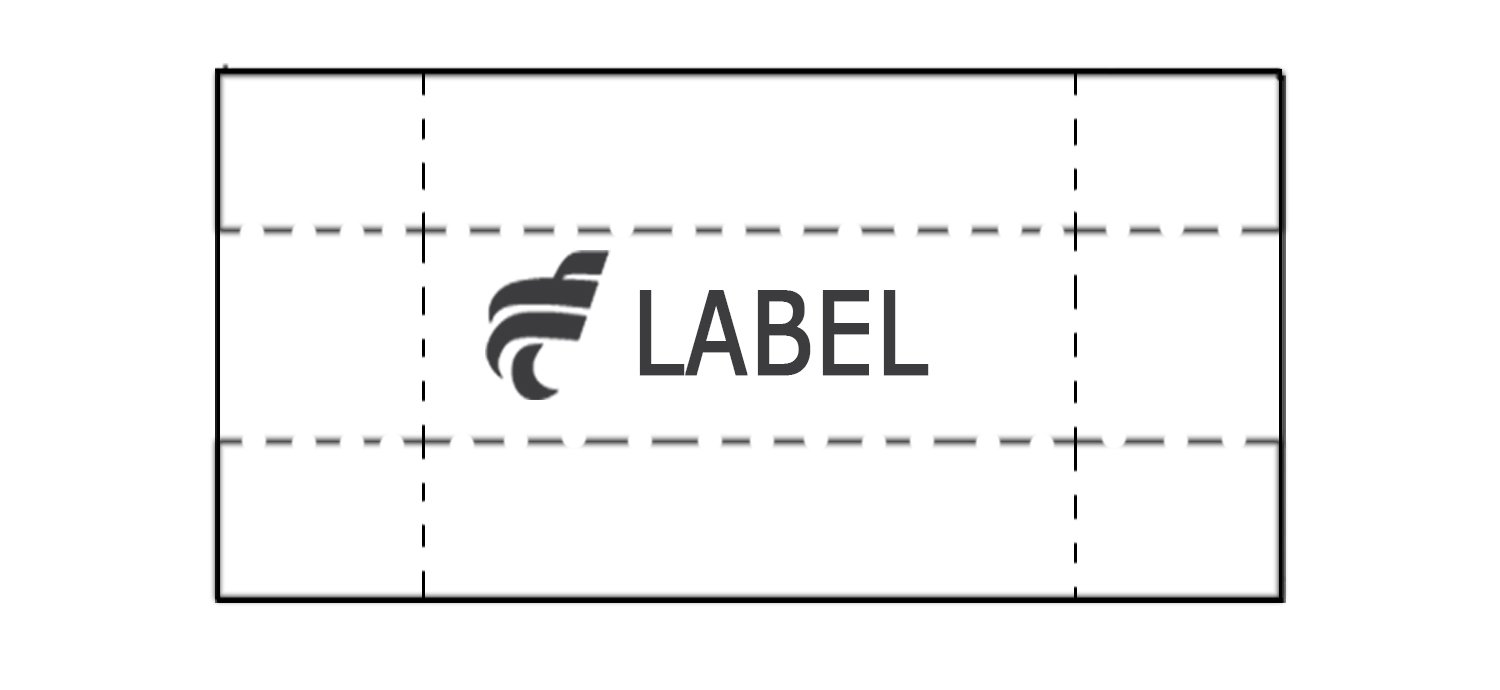It may seem weird, but there’s a high possibility that digitalized clothing labels may become the norm soon for the clothing industry. It may sound strange, but it’s a pretty ingenious technique of keeping track of clothes, their materials, and their whereabouts in the supply chain.
Why does the fashion label business need to change?
When we think about climate change and its causes, we usually think of oil corporations and mining businesses. But, the fact is that the clothing sector contributes significantly to greenhouse gas emissions. In fact, according to the World Resources Institute, the clothing sector emits roughly 5% of greenhouse gases, which is more than shipping and aviation combined. Unfortunately, because the garment business is made up of so many diverse parts, it’s impossible to come up with exact statistics regarding its influence on the environment.
Various components from different nations can be combined to make a single T-shirt. For example, Raw material like cotton was grown in India while the dyed was done in Pakistan. Then sewn together in Bangladesh before being packed and transported from China. We can all agree that all of this manufacturing and transportation process has environmental implications.
Circular Economy
However, the issue isn’t only how materials are manufactured; waste is an enormous challenge confronting today’s fashion business. We are buying more clothing than ever before thanks to Fast Fashion. Unfortunately, this also implies that more garments are discarded than ever previously. According to the World Bank, 87% of fabric used in fashion items is burned or dumped, majority of these occurring within a year after purchase.
The Circular Economy enters the picture at this point. But, again, the concept is straightforward: produce less trash, utilize things more, and recycle when they’re no longer useful. The difficulty is that their business strategy relies on old garments’ disposal and purchasing the new ones. The main idea is to keep products as long as possible, which is not well suited to the circular economy.
How can digital labels help?
Identifying the product and lack of transparency was one of the biggest obstacles to developing the circular fashion industry. We do not know where the product was manufactured, how old or even what it made. Fortunately, technology might provide the answer to all this.
Labelling gives clothing its own digital identification so that anyone may observe the lifespan of the clothing free of charge. With the help of a QR code or an RFID chip, a digital label can revive the unique journey of every piece of clothing. Consumers may access a clothing history by scanning the label and enabling them to observe the goods’ genesis until it is purchased, transported, and aftercare.
This digital label will follow the item throughout its lifetime, providing information about its products, such as composition, which brand it initially sold, and whether it was recycled. In addition, the digital records may contain even more recommendations, including how a buyer may pair them with other goods or give marketing advice.
Digital labels are only one illustration of how the fashion business evolves, with more brands turning into sustainable practices. As the world evolves and changes, individuals start to shift, and circular fashion is probably the industry’s next step. Hopefully, digital labels will assist with this transition.


